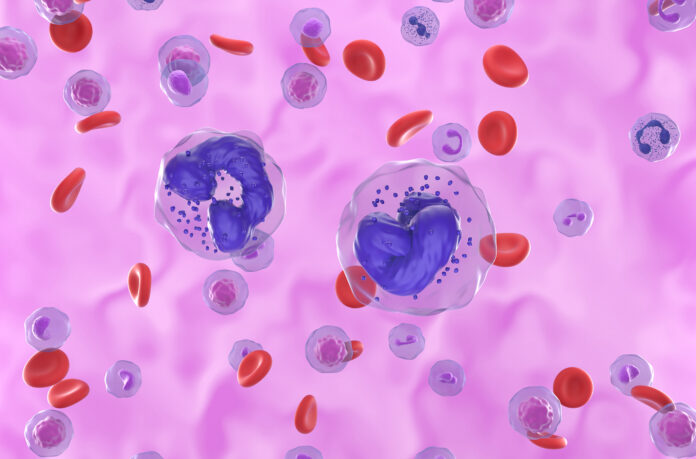Non-Hodgkin lymphoma is a form of cancer with many different subtypes, which may be treated differently. Thankfully, treatments for all types continue to improve, helping people to live longer and to enjoy an improved quality of life.
Non-Hodgkin lymphoma (also known as NHL or just lymphoma) is a type of cancer that begins in infection-fighting white blood cells called lymphocytes. Lymphocytes are part of the lymphatic system, a network of organs (including lymph nodes) and vessels that filters body fluids of toxins and transports infection-fighting cells throughout the body.
Lymphocytes are tasked with distinguishing normal healthy cells from potentially dangerous invaders. But in patients who develop NHL, lymphocytes become abnormal themselves, multiplying out of control and collecting in lymph nodes and other tissues.
NHL accounts for about 4 percent of all cancer cases. More than 95 percent of cases occur in adults, but certain types are common among children. NHL can be either indolent (slow growing) or aggressive (fast growing).
Survival rates for NHL vary widely, depending on the lymphoma type, stage, age of the person, and other variables. There are more than 70 distinct types of NHL, such as mantle cell lymphoma (MCL), chronic lymphocytic leukemia/small lymphocytic lymphoma (CLL/SLL), diffuse large B cell lymphoma (DLBCL), anaplastic large cell lymphoma (ALCL), etc., and many different types of treatment depending on the type, stage, and biology of your cancer. The primary treatments for NHL include chemotherapy, targeted therapy, immunotherapy, stem cell or bone marrow transplant and sometimes radiation therapy.
For many people with aggressive (fast-growing) NHL, treatment can destroy the lymphoma—and completing treatment can be both stressful and exciting. You may be relieved to finish treatment but find it hard not to worry about the lymphoma coming back. This is a very common worry if you’ve had cancer.
For some people with indolent (slow-growing) NHL, the lymphoma may never go away completely. These people may get regular treatments with chemotherapy or other therapies to help keep the lymphoma in check for as long as possible and to help relieve symptoms. Learning to live with NHL that doesn’t go away can also be difficult and very stressful.
If you’ve been successfully treated for NHL, your follow-up schedule will depend on the type of NHL you were diagnosed with and the treatment you had. Your doctor may want to see you three or four times a year for the first couple of years.
Check-ups will become less frequent if you have no further problems. Your doctor will talk to you about the best follow-up schedule for your situation. During these check-ups, you will have a physical examination, blood tests, and possibly scans. Your doctor will also discuss any new symptoms or late effects of treatment. Between follow-up appointments, let your doctor know immediately of any health problems or new symptoms.
If you have (or have had) NHL, you probably want to know if there are things you can do that might lower your risk of the disease growing or coming back, such as exercising, eating a certain type of diet, or taking nutritional supplements.
Unfortunately, it’s not yet clear how helpful these can be. Adopting healthy behaviors such as not smoking, eating well, getting regular physical activity, and staying at a healthy weight might help, but no one knows for sure. Nevertheless, these types of changes can have positive effects on your health that can extend beyond your risk of lymphoma or other cancers.
It’s also normal to feel depressed, anxious, or worried when NHL is a part of your life. Some people are affected more than others. But everyone can benefit from help and support from other people, whether they be friends and family, religious groups, support groups, professional counselors, or others.
NHL treatments continue to improve, helping people to live longer. Each year, more people who have the disease are alive five years after diagnosis. And researchers are learning more about NHL risk factors and methods of prevention.
Taking part in a clinical trial may be the best therapy for some NHL patients, according to the Leukemia & Lymphoma Society. Clinical trials are underway to develop treatments that increase the remission and/or cure rate of the disease. Click here to read more about clinical trials.
Resources for patients—and their caregivers— living with non-Hodgkin lymphoma
- Financial assistance programs
- One-on-one nutrition consultations
- The Leukemia & Lymphoma Society’s The Bloodline with LLS podcast
- Support groups
- Caregiver support
- Other helpful organizations
*Leukemia and Lymphoma Society






